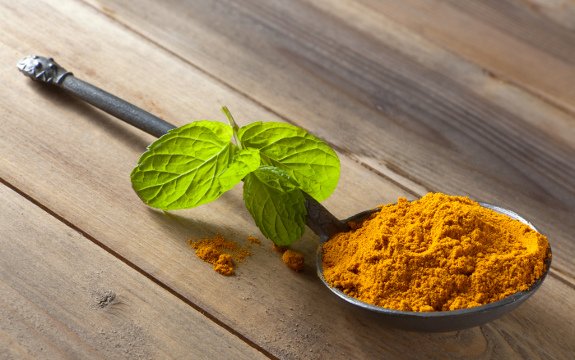Study: Turmeric and Bay Leaves Team up to Prevent Atherosclerosis

 There are numerous natural, healthful ways to achieve protection against inflammation and issues like atherosclerosis (hardening of the arteries), with diet playing an especially important role. Just one solution revolves around the spice
There are numerous natural, healthful ways to achieve protection against inflammation and issues like atherosclerosis (hardening of the arteries), with diet playing an especially important role. Just one solution revolves around the spice
The study, published in the Journal of Medicinal Food, focused on zebrafish fed a high cholesterol diet (HCD) and then tracked for health changes. Some of the fish were given
Compared to zebrafish that did not consume the extracts, those that received either
The
The researchers found that these extracts and their strong antioxidant concentrations suppressed the incidence of atherosclerosis, or hardening of the arteries.
This is a significant risk factor for heart disease, and when paired with the other benefits noted in the zebrafish, the findings could translate to important advances in the prevention of heart disease in humans.
Turmeric in particular has been shown to offer these protective qualities. Other research found that spices such as turmeric, cinnamon, and cloves normalize insulin and triglyceride levels while boosting antioxidant defenses.
Keeping triglyceride and insulin levels low effectively reduces your risk for numerous health conditions like metabolic syndrome, diabetes, and the number one leading killer — heart disease.
Fortunately, both of these foods are easy to find and easy to incorporate in your diet. Bay leaves are commonly put in soups and meats and can be added to numerous other dishes.
Conventional treatments for heart disease prevention, including cholesterol drugs like statin drugs, come with a slew of side effects. Lifestyle changes and natural solutions can help prevent heart disease without these drugs and without their financial and physical costs.
Turmeric has received a lot of attention in the past few years, as Western science strives to catch up with folk medicine, finding out the root is loaded with concentrated health benefits. Bay leaves, also known as laurel leaves, however, don’t get as much attention. Now we can see how both the spice and herb can work together to boost heart health and protect against disease.

Great article, but just wondering, the leaves in the picture are to my knowledge not Bay leaves, or am I wrong? It does not matter but it just leaves me thinking are there more than one type of Bay leaves? I thought that the Bay leaf is shiny, tough and the venation of the leaf is not as visible.
Mmmm, if you can’t picture the right leaf how can we trust your information to be correct? The leaf in the picture looks like mint to me!